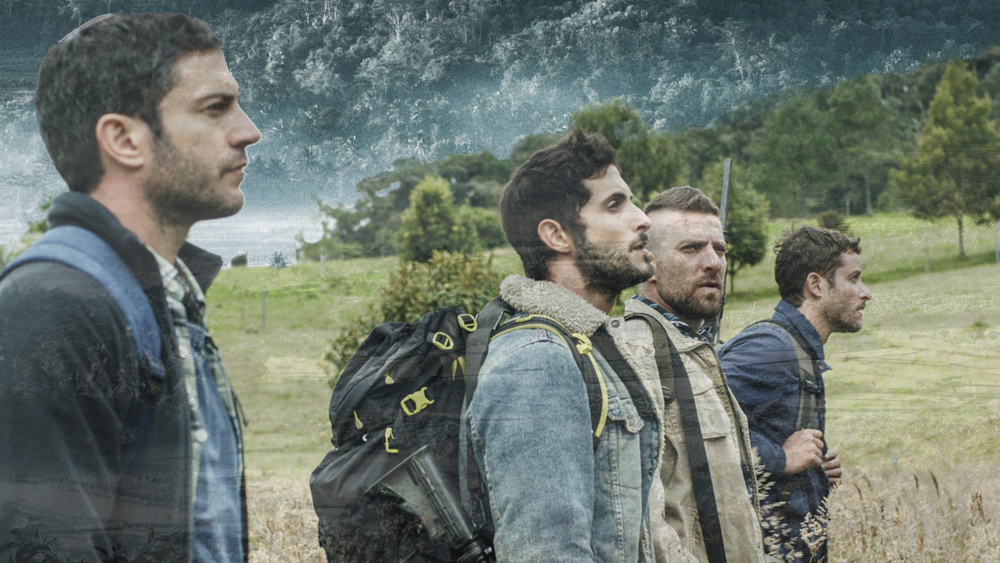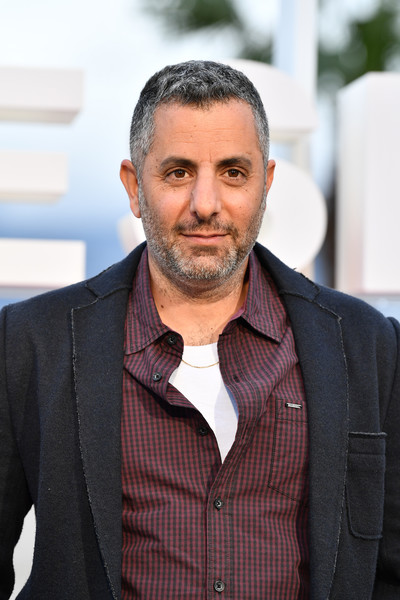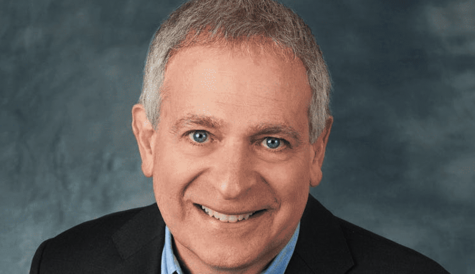Behind the Scenes: Netflix’s When Heroes Fly
Produced by Spiro Films and Keshet International for Keshet Broadcasting, Colombia-set thriller When Heroes Fly follows four Israeli military veterans who travel to South America in search of a missing friend. The Cannes Series award-winner was picked up by Netflix in October, and debuts on the platform today (10 January). Series creator Omri Givon takes us inside the challenges of filming across Israel and Colombia.
Set largely in present-day Colombia, with flashbacks to Israel and the past lives of the four military men at the centre of the story, it may seem obvious that When Heroes Fly would be filmed across the two countries. But when you consider all the additional items needed to deliver the 10-part series’ ambitious storyline alongside strict budgets, many creative teams may well have shied away from this route.
However, for us, this wasn’t an option: as soon as we knew the storyline, we knew the location was a necessary commitment, and we knew the only way to achieve the realism needed was to film on location. Latin America is an incredibly popular destination for Israelis; they feel a sense of freedom there, and associate it with positive experiences – to go to another location for this series just wouldn’t have worked. That’s not to say, though, that this was an easy feat.
Getting on-the-ground intel and support
When we started researching a location that would do the series justice, Eitan Mansouri, one of our producers, raised the prospect of actually shooting in Colombia as an option. I didn’t know much about Colombia from a production perspective, so we needed to find on-the ground intel and support very quickly. After meeting with local production company LuloFilms, there was an instant connection and they felt like the natural home for us and the series.
The feeling of awe we all experienced when we were first touched town was indescribable – the beauty of the country was beyond what we had imagined. Immediately, the connection with the Colombian team felt easy and natural, which was intrinsic to the development of our series – something that couldn’t have been foreseen or planned, but ended up being invaluable.
Making the tough conditions advantageous
In Colombia, the terrain and locations can be unforgiving and we had to take these tough conditions into account. However, the challenges these obstacles put in front of us were instrumental in building the complex scenes we knew wanted to achieve. Being on the ground in Colombia gave us a way to become more submerged in the plot, motives and relationships – not just for the cast, but for the whole crew. The environment we were in completely set us up for that, which I think translates well into the episodes.
Galvanising the teams across the continents
At the heart of the project’s ultimate success was undoubtedly getting everyone involved to understand that there were no other options to tell this story, and certainly no short-cuts.
On set, this understanding connected us all in a way I couldn’t have been more grateful for. We could feel it in every take and you can see it in every episode. Everyone was thrown together in intense and demanding conditions, and you can see this emotion across every frame. We wouldn’t have had the same pride we do now if we hadn’t put ourselves through that.
Making the timings work
One of the biggest challenges of filming in Colombia as well as in Israel was the timing. The team in Colombia had to film half the series in a six-week timeframe without losing the richness of the narrative. There are so many layers to this story but each layer has to feel real and accurate, and be totally convincing, and we couldn’t afford to detract from the main plot with even a moment of inaccuracy. We are now currently working on a second series of When Heroes Fly, and hope to return to Colombia soon to pick up exactly where we left off.





